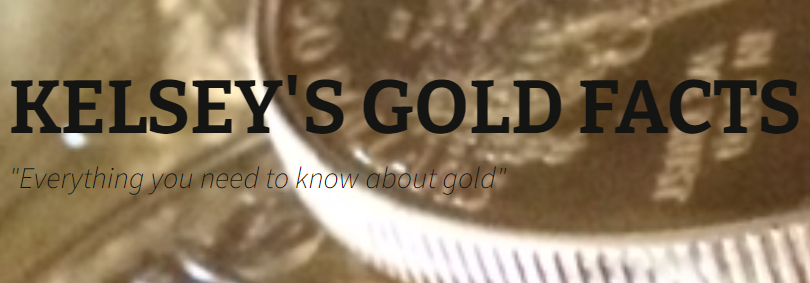GOLD CONVERTIBILITY IS THE KEY
All the talk about BRICS countries possible issuance (not anytime soon) of a gold-backed currency, and most of the analysis, misses a key point.
The success of any fiat currency or real money substitute (in other words, anything other than gold itself as the medium of exchange) depends on its convertibility into gold – on demand.
The U.S. dollar was originally convertible into gold at a fixed rate of exchange. With gold priced at $20.67 oz., the gold content (.9675 oz.)in and American Double Eagle coin was worth exactly $20. ($19.998.)
Twenty dollars of paper currency (U.S. dollars) was exchangeable for – i.e., convertible into – one ounce of gold and one ounce of gold could be exchanged for twenty U.S. dollars.
The ratio was fixed and the convertibility was guaranteed. There were two requirements incumbent on the government in connection with convertibility…
- Maintain it at the agreed upon ratio. If the convertibility were not maintained, then people would not trust the paper currency/substitute money.
- Limit the issuance of paper money to the amount of gold held. If too many dollars were issued, the government would not be able to continue convertibility at the agreed upon fixed rate ($20 to 1 oz. gold) and would not have enough gold to meet the redemption demands.
CAN YOU TRUST THE GOVERNMENT?
Initially, the government maintained convertibility and continued it for some time. As far as the issuance of paper money, the U.S. government and the Federal Reserve had other ideas.
Big spending presidents and the growth of government, coupled with the Federal Reserve’s gratuitous creation of new money, brought things to a point where the government could not pursue its own spending plans under the restraints that existed because of gold convertibility.
In order to maintain the confidence and acceptance of the dollar, government needed to continue with convertibility. However, it was a costly guarantee.
Expansion of the money supply would cheapen the value of all the paper money in circulation. Hence, when people traded those cheaper dollars in for gold at the previously fixed rate, it would cost the government real money.
In addition, the full-blown spending plans and growth of big government required almost limitless amounts of money. Creating and/or borrowing these amounts would be a dead giveaway that government was not keeping its promise to limit expansion of the money supply. Enter President Franklin Roosevelt.
GOLD AND INFLATION IN THE 20TH CENTURY
In 1933 President Roosevelt issued an executive order “forbidding the hoarding of gold coin, gold bullion, and gold certificates within the continental United States”. Then, in 1971, President Nixon suspended convertibility of the U.S. dollar into gold by foreign nations.
For the past fifty years there has been no fixed convertibility of U.S, dollars (i.e., paper) into gold (i.e., money).
The continuous expansion of the supply of money and credit IS inflation. The effects of inflation have continued for more that a century and have erased ninety-nine percent of the purchasing power in the U.S. dollar.
The ninety-nine percent loss of purchasing power in the dollar translates to a one-hundred fold increase in consumer prices AND in the price of gold ($20 oz. to $2000 oz.).
BRICS COUNTRIES GOLD-BACKED CURRENCY
The BRICS countries, to my knowledge, haven’t said anything about convertibility for any possible new currency. Even if convertibility were available initially, it would have to be maintained for quite some time in order to garner the trust and support necessary for it to be accepted and used.
It is easy to say that a new currency will be backed by the gold holdings of the nations involved. It is also possible to verify that the gold is held by those same respective countries. Nevertheless, a similar game was tried before with disastrous effects.
In the late 1700s, the French government embarked upon a series of fiat money creations that were backed by real estate. The real estate was embodied in real properties that had been confiscated by the government.
It wasn’t gold, but it was a tangible, real asset. Unfortunately, there was no convertibility. Just pieces of paper that became worthless quite rapidly with each successive issue. It was a confidence game and the confidence was sorely lacking. (see Gold, MMT, Fiat Money Inflation In France)
Even with convertibility, there are no guarantees that a gold-backed, quasi-international currency can succeed. The dollar’s own history tells us that.
Without convertibility, any new currency, even one with the pretense of being backed by gold, is just another empty promise and another substitute for real money.
In the case of the BRICS countries, the proposed new currency is a substitute for a substitute (U.S. dollar) for gold/real money.


